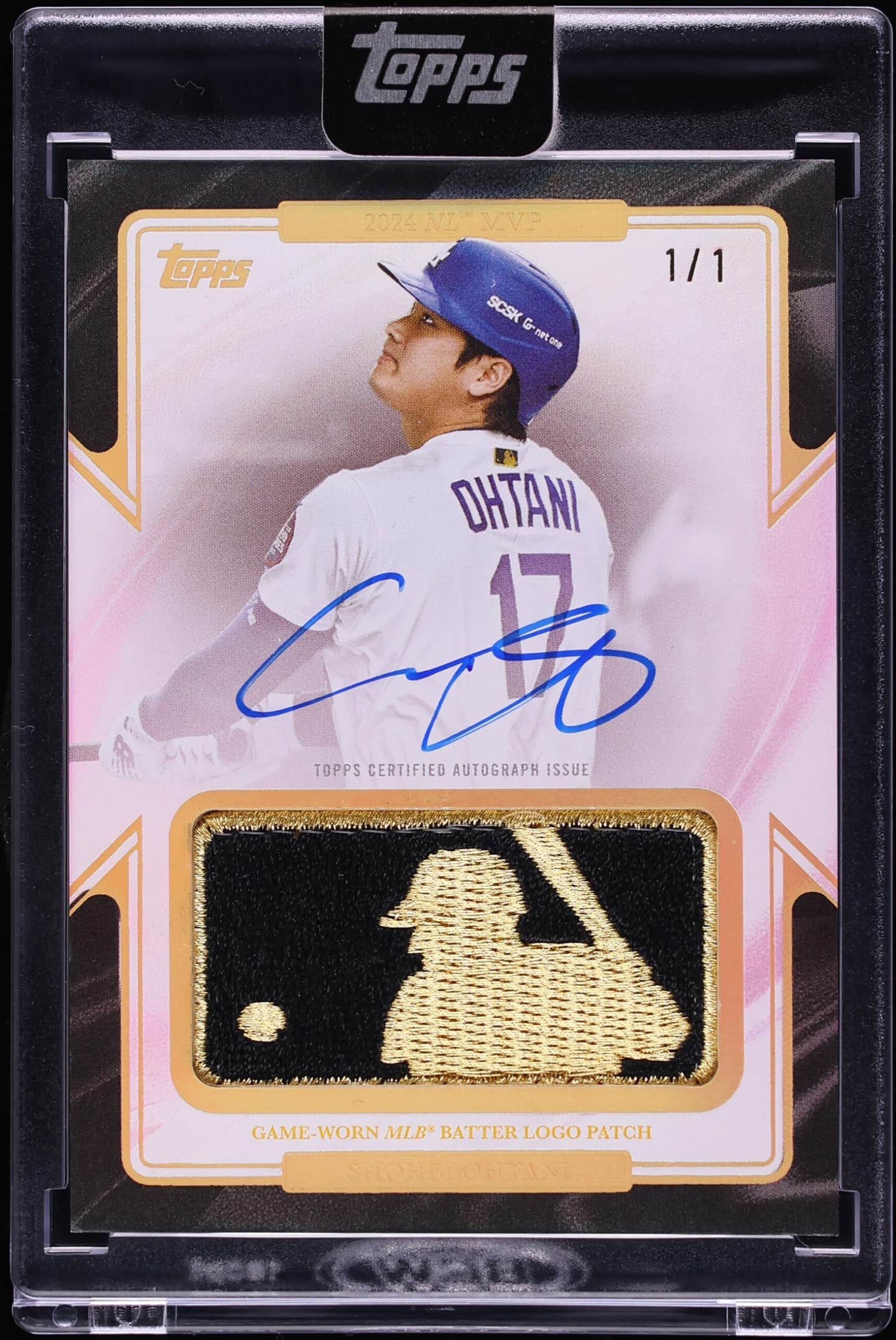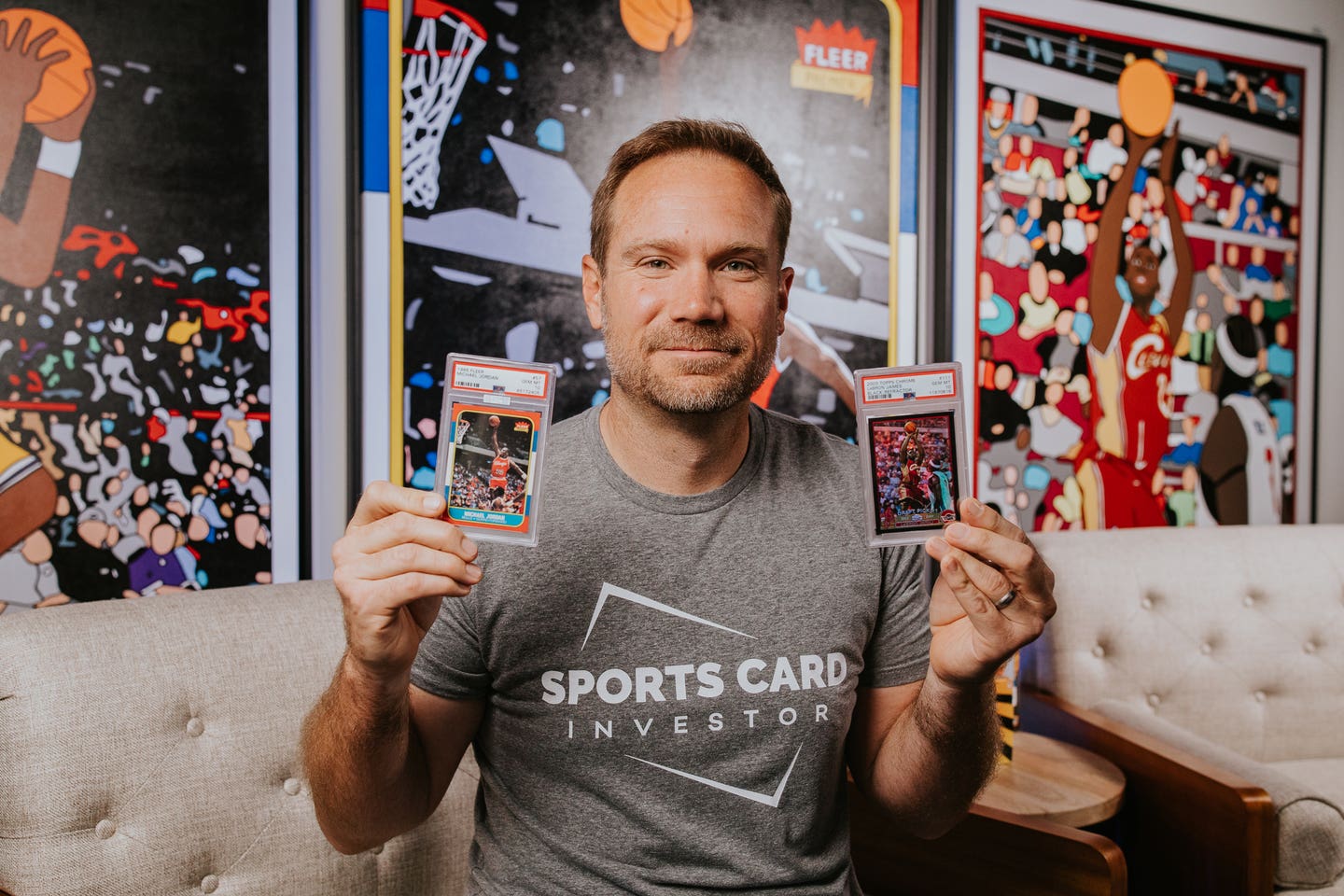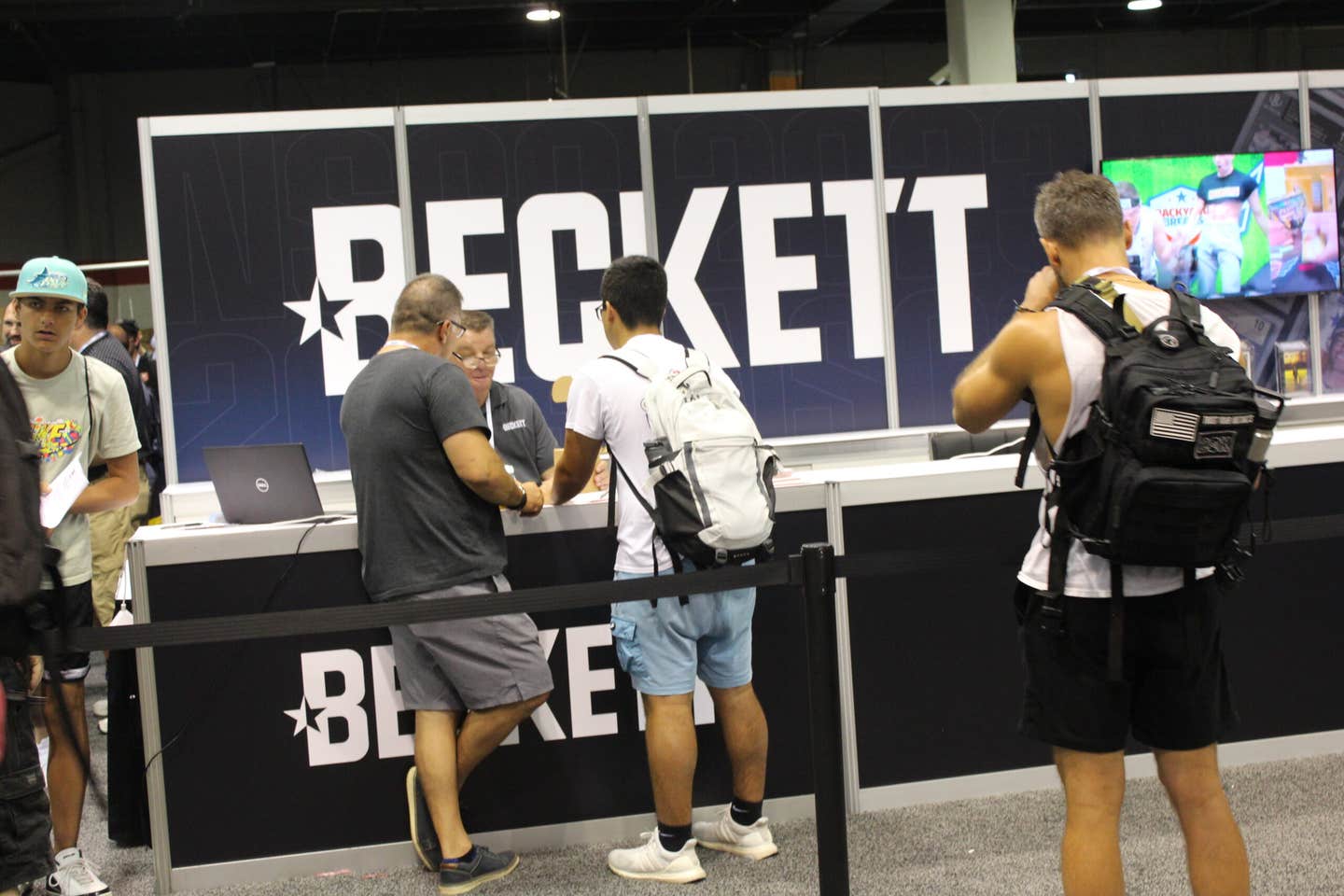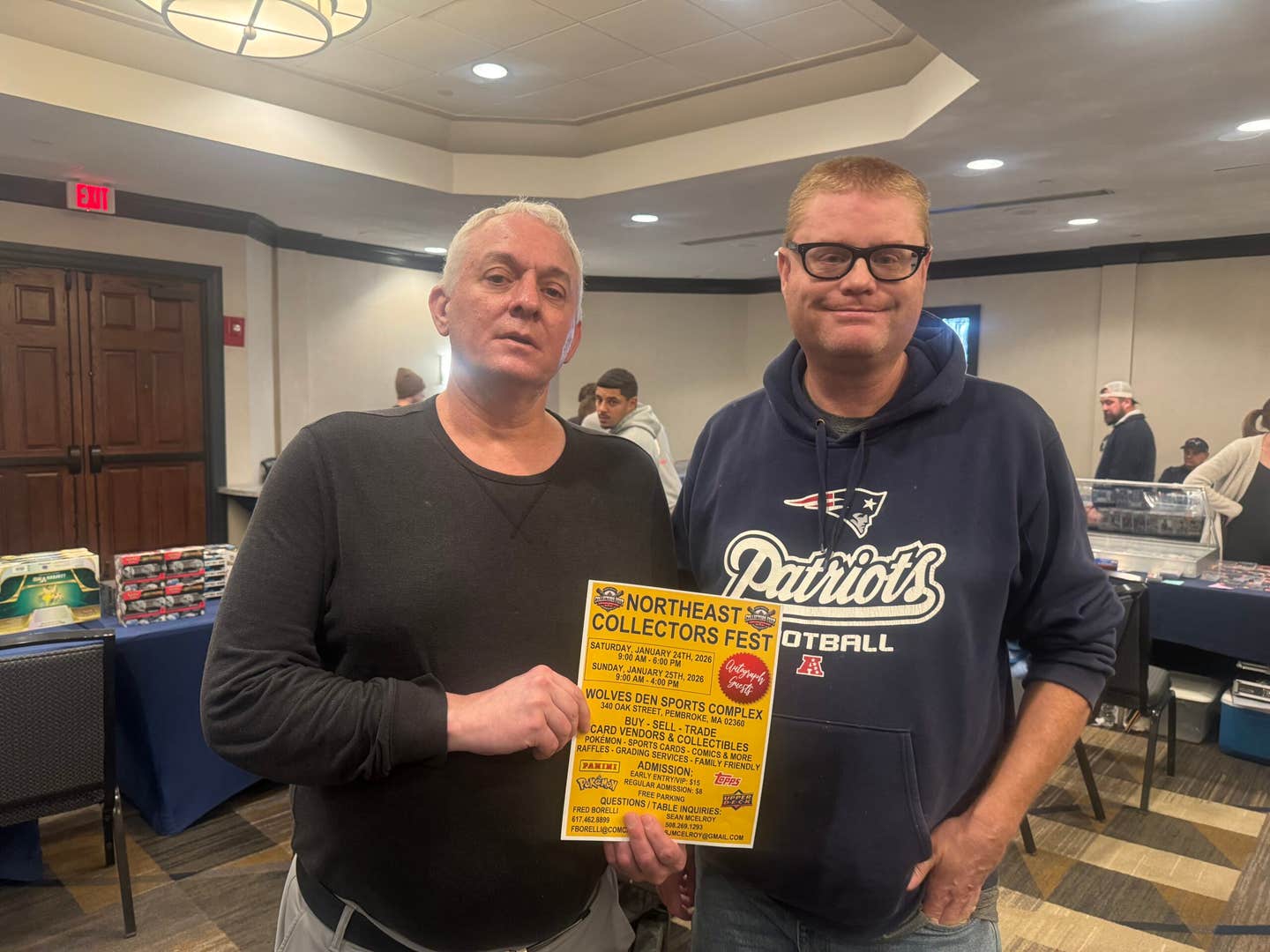News
Oswalt collection features nothing but pitchers
By Paul Post
Roy Oswalt has one strict rule when it comes to memorabilia collecting.
Pitchers only.
He doesn’t have or want anything from hitters, his professional arch-enemies, whose lives he’s made miserable since breaking into the big leagues nine years ago.
Among his favorite collectibles are autographed jerseys from the likes of 2007 Cy Young Award winner Jake Peavy and former Houston Astro teammates Roger Clemens and Andy Pettitte.
“Just some of the top-ranked pitchers,” Oswalt said. “I only collect pitchers. I don’t try to collect hitter’s stuff. I’ve actually got a few other things, too. I did a signing with some other players, like Brett Favre, so I’ve got a Favre jersey and Michael Jordan. Different things like that. That’s the good thing about baseball. You get to meet players from other sports, too, when you do different signings and different events.”
Oswalt, Clemens and Pettitte were teammates on the 2005 Astros ball club that went to that year’s Fall Classic.
His career highlight?
“The game against St. Louis that put us in the World Series,” he said without hesitation.
He turned in a three-hit, seven-strikeout gem in the Game 6 clincher after the Astros lost Game 5 on a dramatic ninth-inning home run by Albert Pujols. It was Oswalt’s third win of the postseason, quickly launching him into the national spotlight. Previously, he had a quieter, unassuming role on the team overshadowed by the likes of future Hall of Famers Jeff Bagwell and Craig Biggio and the more high-profile starting pitchers Clemens and Pettitte.
“That night I got to fly under the radar a long time because of other guys on the team,” Oswalt said. “After that night it seemed like more people started noticing me around the league.”
A World Series and the accompanying media coverage have a way of doing that, too. It’s more likely, however, that Oswalt’s back-to-back 20-win seasons are responsible for his increased national attention. He went 20-10 in 2004, followed by a 20-12 campaign in ’05, and in nine-plus years – all with Houston – he’s compiled a sparkling .645 winning percentage (144-77), almost always winning at least five more games than he’s lost. He is the current major league leader in wins since being called up in 2001.
Oswalt’s 2-0 record and incredible 1.29 ERA against St. Louis earned him the 2005 National League Championship Series MVP Award, which along with articles from postseason and All-Star play, hold a prominent place among his collection.
“I thought it would be cool to put things together in a trophy room,” he said.
Oswalt has been nearly perfect in playoff action with a 4-0 record in two Division Series, two NLCS and the ’05 Fall Classic where he had no decision in one game pitched against the White Sox.
Last spring he was able to obtain more meaningful items when he was chosen to play for Team USA in the World Baseball Classic. His first outing in Round 1 was a solid four-inning performance against Venezuela, facing an All-Star caliber lineup with the likes of Bobby Abreu, Magglio Ordonez, Miguel Cabrera and Carlos Guillen. Oswalt kept the score close and the U.S. wound up winning the game in a 15-6 blowout.
In Round 2, Oswalt turned in another strong performance against The Netherlands in a must-win situation when the Americans were facing elimination after losing to Puerto Rico.
“It’s fun,” he said of the international competition. “Any time you put USA on it’s just a big honor. I got to play in the Olympics in 2000. It’s not quite like the Olympics, but it still has that same feel of international baseball. It’s almost a different way of playing compared to the American way. You get to face different countries and see the way they play.”
Oswalt said that Asian players in particular have a unique style.
“I think the Japanese and Koreans have a little different technique as far as how they throw the ball and how they swing. A lot of Japanese players, it’s almost like they’re running out of the box the way they’re swinging,” he said.
Seattle Mariner star Ichiro Suzuki is a classic example.
“In the U.S. they teach you to stay back,” Oswalt said. “The Japanese, they kind of have a soft front side and they’re still able to hit the ball. There are three or four different ways to skin a cat. Whatever works, works.” No calls from PETA, please, about politically incorrect metaphors.
“With Venezuela and the Dominican they have so many American academies down there that they get taught the U.S. way of playing. They also get taught at a young age. They may be in an academy at 14, getting pro players teaching them how to swing and have good mechanics,” he said.
“In the U.S. you may not have that until you’re 20 or 21, so they have a little edge on you early, because they get the best instruction at a young age. In the U.S., you’ve got to finish high school and then try it, so you’re 19 or 20 before you learn the proper way, mechanics-wise to play baseball.”
In Toronto, one of the Round 1 host cities for the World Baseball Classic, Venezuela, had the loudest, most vocal fans – waving banners and flags every time one of their players got a hit.
“That’s one thing about baseball, it’s big in other countries,” Oswalt said. “They support their teams. In winter ball, their stadiums are sold out.”
Oswalt credits his father, Billy, and an older brother for introducing him and teaching him how to play the game right. “My father took me to the ballpark ever since I was old enough to walk pretty much,” he said. “I was 4 years old playing baseball and I had an older brother two years older than me. I played at his level all the way up so it made me play a little bit harder to compete with him.”
That upbringing obviously paid dividends upon reaching the big leagues, because Oswalt started out by pitching 24 consecutive scoreless innings before giving up a home run to Andres Galarraga of the San Francisco Giants. He went an amazing 14-3 with a 2.73 ERA his first year but lost out to Cardinals slugger Albert Pujols in Rookie of the Year balloting. As the ensuing decade has amply illustrated, losing a major award to the likes of Prince Albert is hardly a disgrace.
Two pieces of hardware are still missing from Oswalt’s collection: a World Championship ring and a Cy Young Award. The latter, given his prowess, should be just a matter of time because at 31, the Houston right-hander is right in his prime with plenty of good years to come, even with last year’s blip of an 8-6 mark and an ERA that somehow edged above 4.00, something that had never happened before.
This year again he heads up an Astros staff that has struggled as bats have often been silent and the club is mired at a woeful 18-34 mark at the time of this writing. The team finished 11 games over .500 in 2008 with an 86-75 mark, but still wound up 11 games behind the first-place Cubs in the tough NL Central Division. Last year the numbers were nearly inverted at 74-88, leading to the dismissal of manager Cecil Cooper at the end of the campaign.
For more related Roy Oswalt news, click HERE








